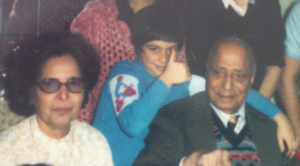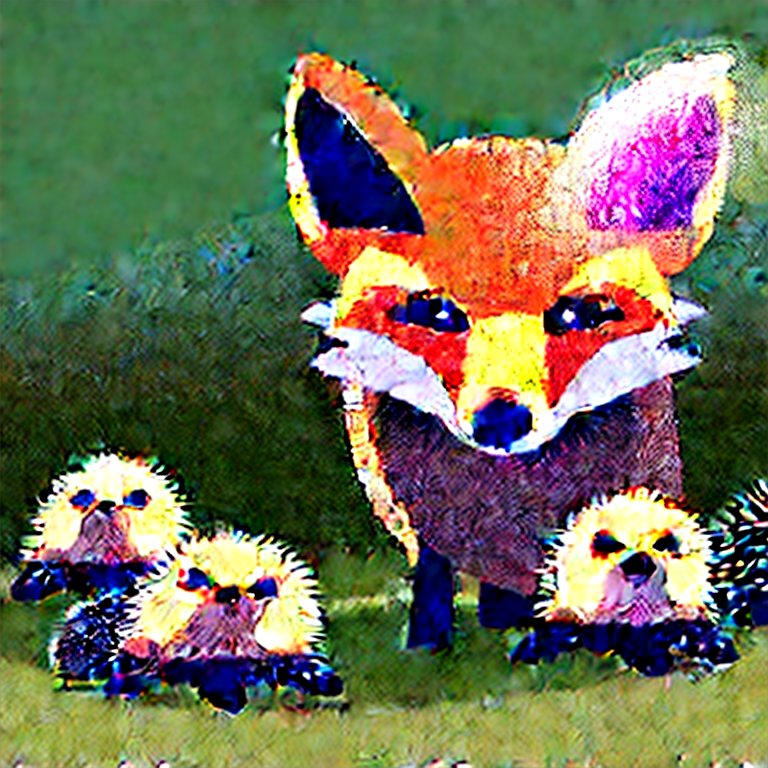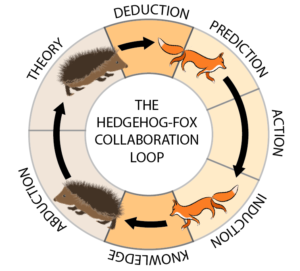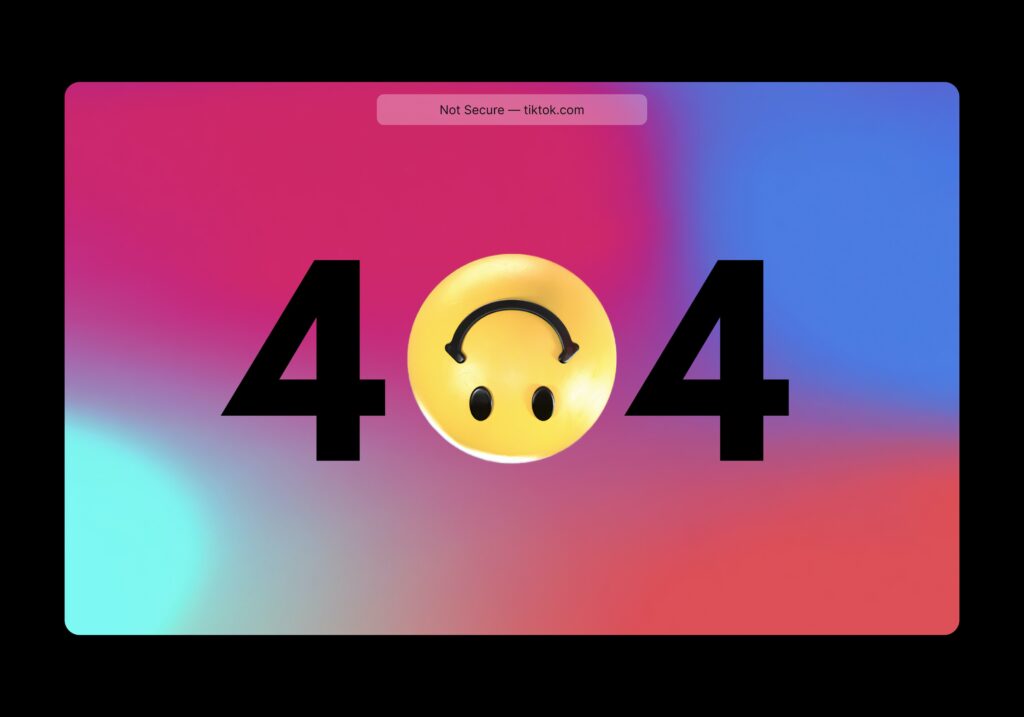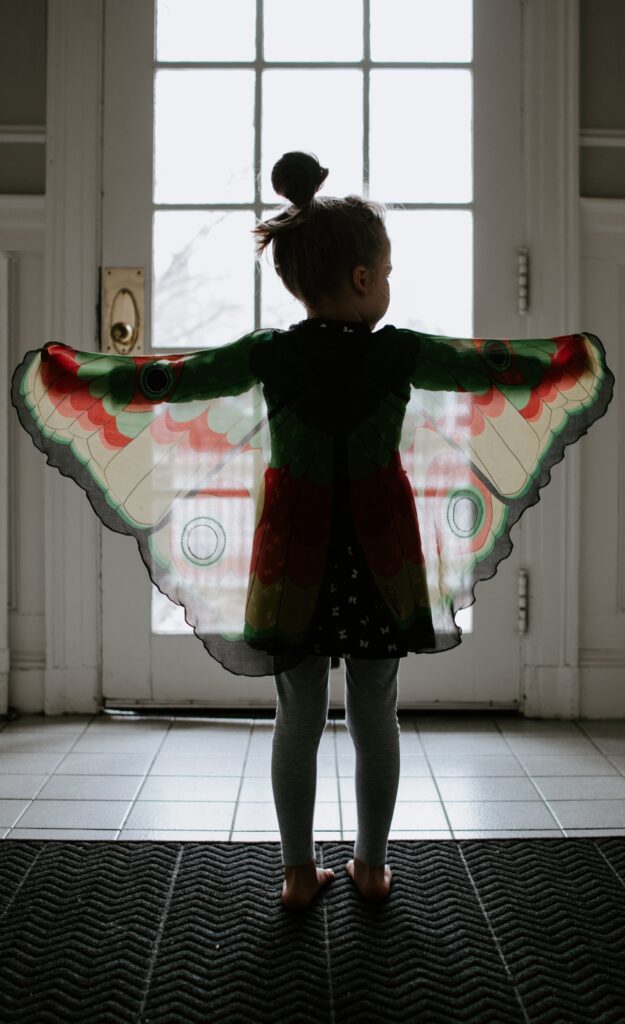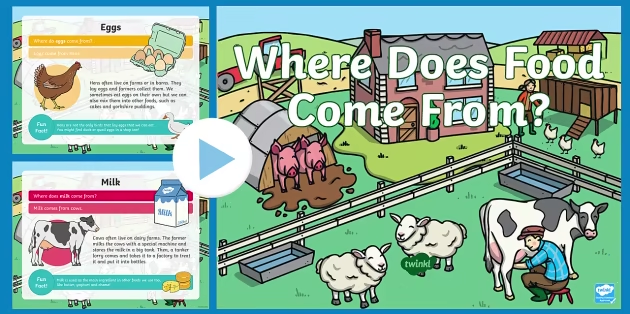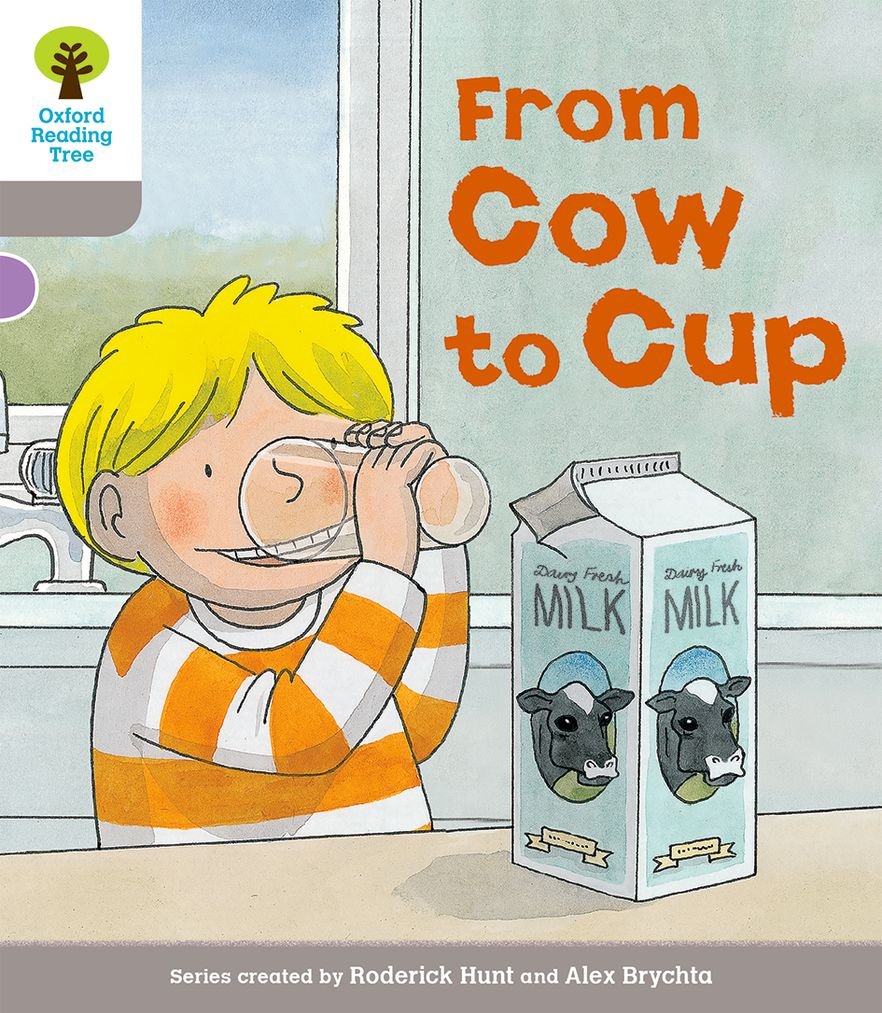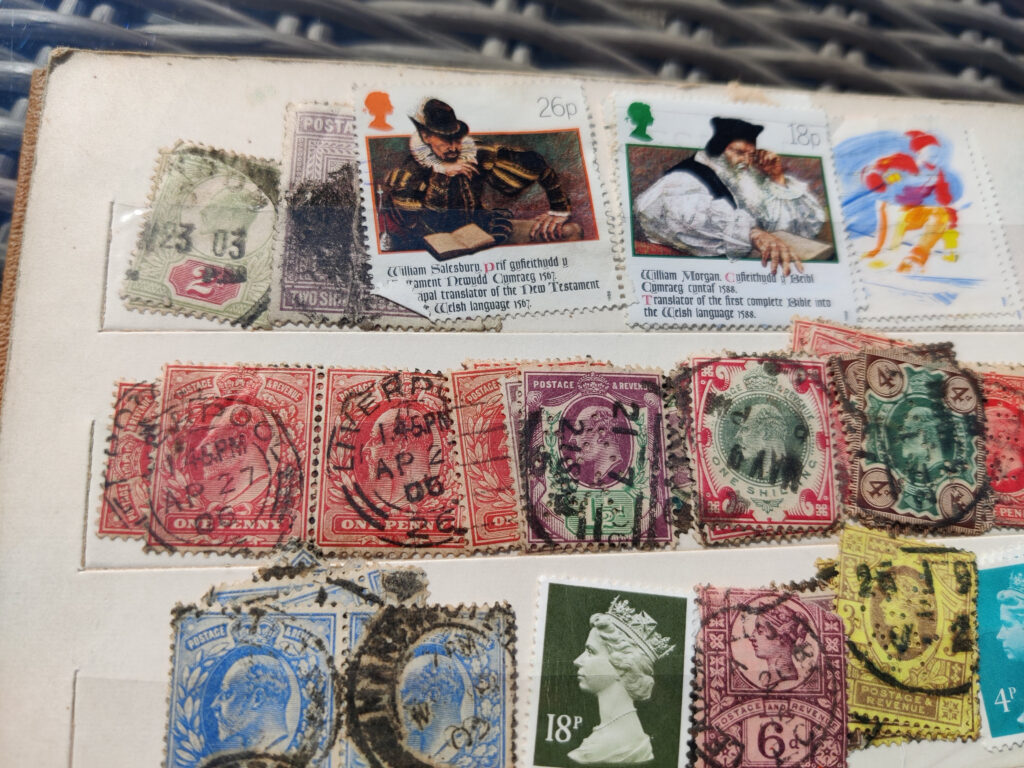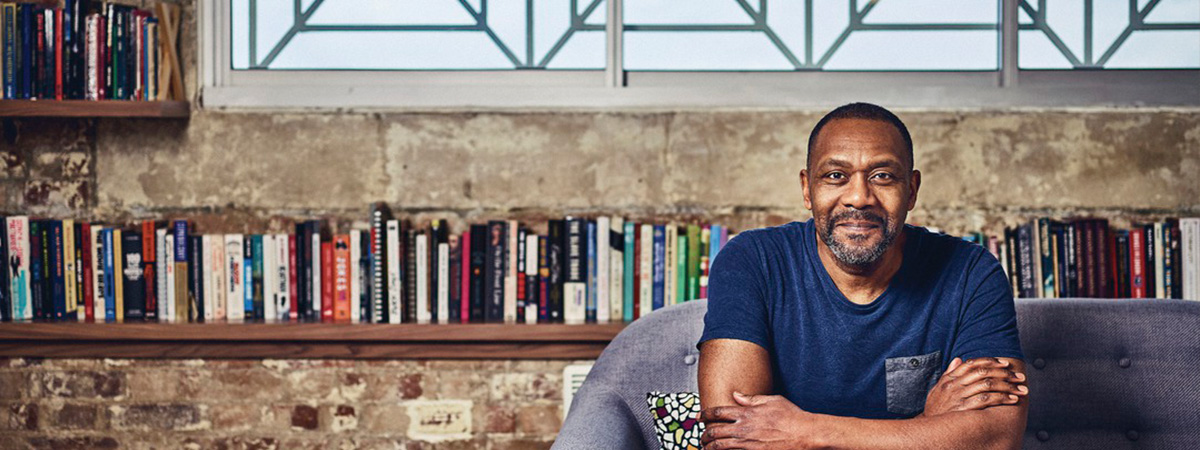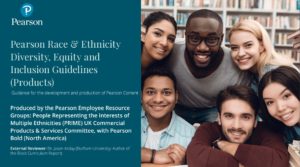This was written for a guest blogpost for the Partition Education Group. The Partition Education Group is an organisation working to include Partition, South-Asian & British colonial history into education within the UK. To read it there – and to see their other great work – click here.
I grew up with the story of Partition because it was part of my family creation story.
It was why my grandparents had taken their children to Britain. The deep impression of this fracture and the effects of colonialism are as much part of their baggage as the spices my Grandmother packed for the journey.
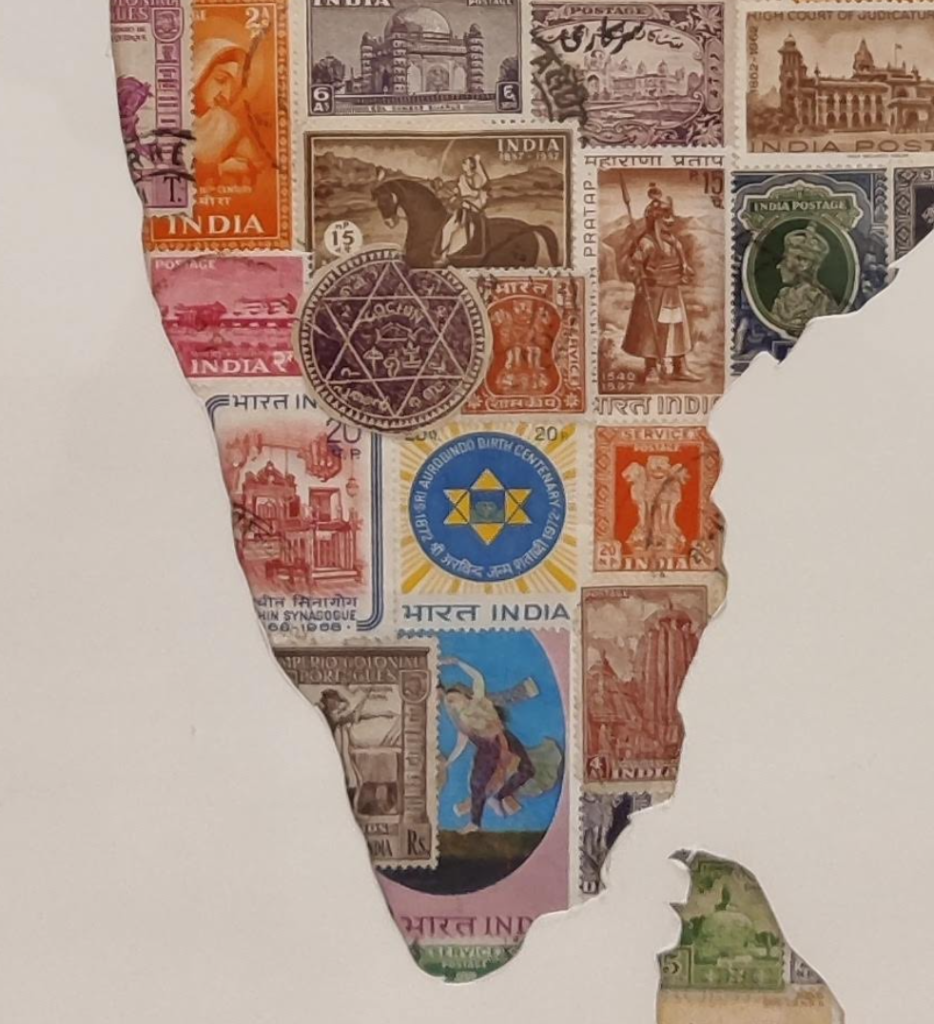
My parents met in the East End of London, in the early 1960s. A love story despite many barriers: Mum’s family were working class, pale-skinned Eastenders and Dad’s family were recent migrants from India, Brown and upper middle class. While the idea of a pale-skinned, European Jew marrying an Indian man might have been shocking enough at that time, what also caused a stir was that my Dad’s family were actually also Jewish.
My Ashkenazi Jewish (Eastern European heritage) family, like most people even now, were blighted by ignorance of the Jews of India – a history going back over 2,000 years, and fractured by Partition.
There have been Jewish communities in the Indian subcontinent since the time of King Solomon’s temple in Jerusalem. For over a thousand years, these Jews lived as part of the diversity of faith and practice in the busy communities of the Malabar and Maharashtran coastal regions.
It was only with the arrival of the East India Company and European colonialism that the Jews of India were ‘discovered’ by Jews from Europe. Though there was a lot of change, they flourished. This integration was made physical in the village of Chendamangalam, in Kerala; where a Hindu temple, a Syrian Christian church, a mosque and a synagogue were built alongside each other to display the diversity and harmony that was possible in India.
By 1948, Indian Jews – from the Bene Israel community (which my family is from), the Baghdadi Jews and the Cochin Jews numbered over 20,000. While these numbers might seem smalll in the scale of the wider population – it was enough for Jews to be a major part of pre-Partition civil society – many holding civic roles. My family has roots in Pune, Mumbai and Karachi – many of which were connected to the British Raj and trade with the wider Empire.
So, when the plan for Partition was announced, it was not surprising that my Grandfather, one of the senior managers in the Victoria Terminus train station – was required to help plan moving the millions of families by rail.
My grandfather proudly spoke of being in meetings with both Gandhi and Mountbatten, facing the unfurling tragedy with bureaucratic rigour, and attempting to coordinate with the new administration appearing across the Radcliffe Line – where his wife’s family lived – in Pakistan.
Pretty quickly, he, and most of the Jews in India, realised that the religious turmoil and violence that Partition had unleashed had removed the plurality of faiths in the subcontinent,and they felt unsafe. Coinciding, as it did (not by accident!) with the British contentious ‘withdrawal’ from Mandatory Palestine, most Indian Jews fled Partition India for the newly-formed State of Israel.
Not all left, however, and many famous names in modern Indian history are Bene Israel – including the great poet Nissim Ezekiel ; Ezra Mir, part of the founding fathers of Bollywood; and Pramila, one of the many Jewish stars of the silver screen.
My grandparents never really got over the Partition, and pined for all they had lost. Apart from their own loss, and the break in the religious harmony in their community, they did not leave struggle behind, facing racism and prejudice in their new homes. My grandfather fought for recognition and equality for Black and Brown Jews in the UK and in Israel – meeting the President and Prime Minister of Israel to make the case for acceptance of Indian Jews, in religious and secular law.
So, my parents’ marriage in London was, in many ways, a new beginning for my Partition-riven family, building a new bridge to the European Jews in London, finding acceptance, and new hope in grandchildren. To honour my grandparent’s story, I am initiating a project to raise awareness of Black and Brown Jewish stories – including those from India. We are creating educational resources, and I am currently recording for a new podcast called “Who Jew Think You Are?”. I’d love to hear from more people who can relate to these experiences – via this form or by contacting me via Twitter.
The Eurocentric view of Jews as White and European is hugely problematic, not just because of the racism and antisemitism that is so often attached. It also obscures the evidence of religious harmony, without persecution, that Jews – and other faiths – were able to enjoy before Partition in India.
The Jews of India – and the loss of this community after Partition – belongs as part of any project to explore the massive impact of this part of world history because it offers a model of hope for the future.
As with so many ‘postcolonial’ countries, India, Pakistan and Israel are in the thrall of religious extremists and demagogues. As such, it is more important than ever to remind ourselves that the division they sow is not inevitable. My mixed heritage is part of that hope. My connection to the faiths and stories of India, Pakistan and Israel; the inheritance to my own children in learning from the past, is part of the legacy of Partition. To do this, I hope this post dear reader, helps you broaden your own view to include the Jews of India.
We can retell our stories to include room for all. ‘And’ not ‘Or’;
We are more luminous in how bright others glow;
Our identities are more firmly rooted by connecting to our neighbours.
Through learning more about Partition from Partition Education Group, I am closer to my family and my heritage.
Shalom aleichem, shalom aleinu!
Peace be upon you, Peace be upon us

